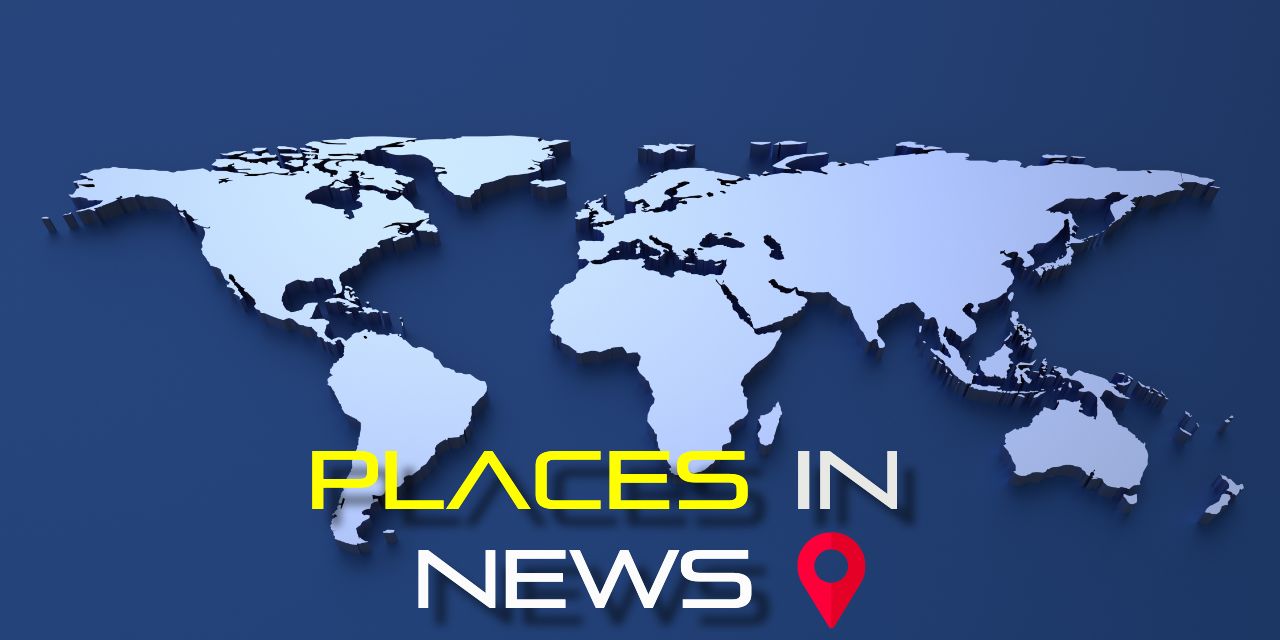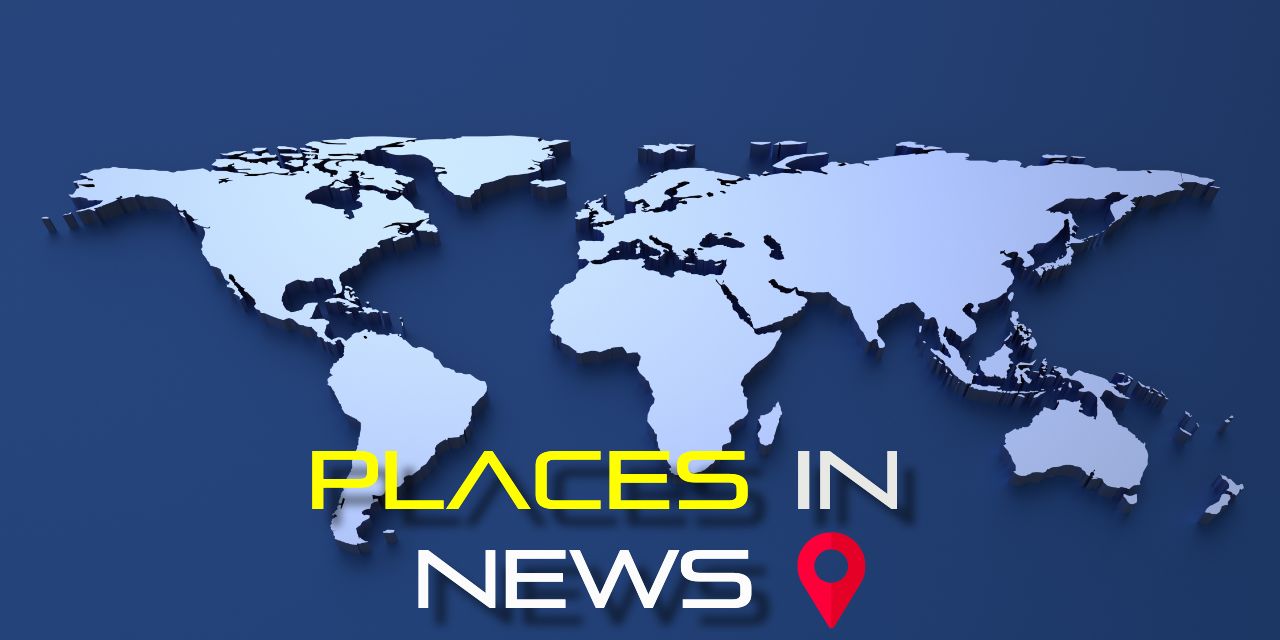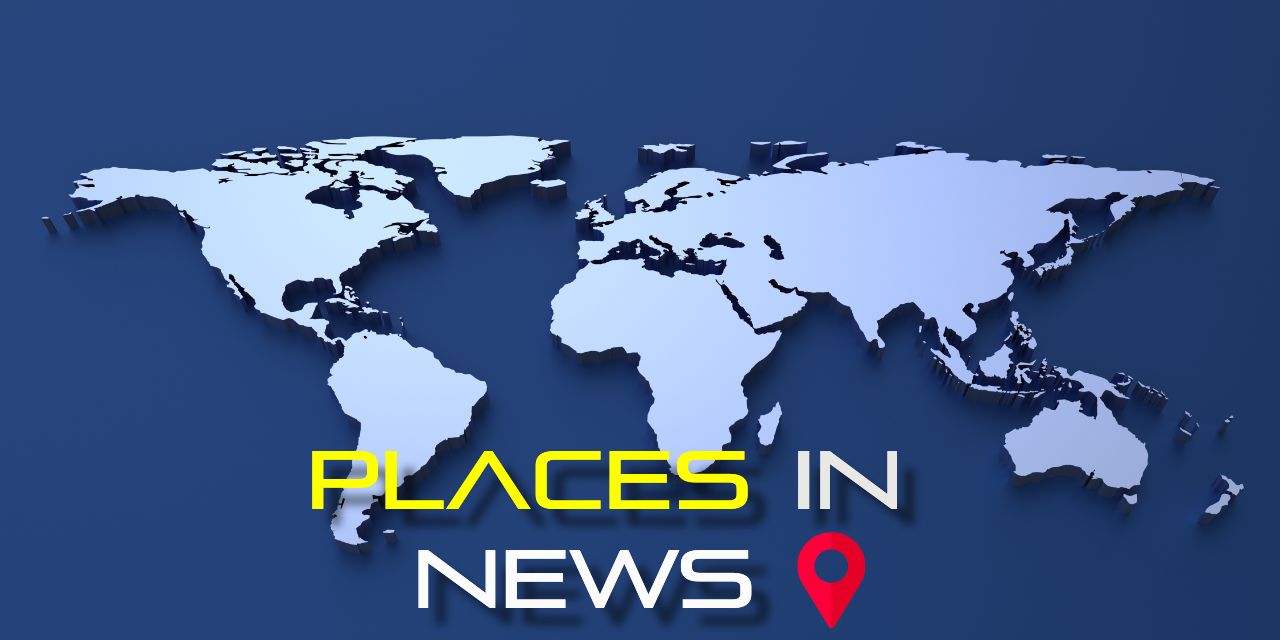Context: Japan has broadened its commercial whaling activities to include fin whales, the second-largest species on Earth.
Japan, one of just three countries that engage in commercial whaling alongside Norway and Iceland, has included fin whales in its catch list, which already consists of minke, Bryde’s, and sei whales.

Overview of Japan Country:
- Capital: Tokyo, located in east-central Honshu.
- Official Language: Japanese
- Currency: Japanese yen
- Form of Government: Parliamentary government with a constitutional monarchy.
- It is an island country off the east coast of Asia.
- Archipelago: It consists of a string of islands in a northeast-southwest arc, stretching about 1,500 miles (2,400 km) through the western North Pacific Ocean.
- Main islands:
- Honshu (Honshū): The largest island.
- Hokkaido (Hokkaidō)
- Kyushu (Kyūshū)
- Shikoku.
- Japan’s nearest mainland neighbours are the Siberian region of Russia in the north and Korea and China farther south.
- Geography:
-
- Landscape: Predominantly rugged, with over four-fifths of the land covered by mountains. Notable volcanoes include Mount Fuji, Japan’s highest mountain and a cone-shaped volcano.
- Volcanic Zone: Located on the Pacific Ring of Fire, which contains over 75% of the world’s active volcanoes and 90% of the world’s earthquakes.
- Major Mountain Ranges: Japanese Alps
- Major Rivers: Biwa, Inawashiro, Kasumigaura
- Economy: Japan has the world’s third-largest economy, experiencing remarkable growth in the latter half of the 20th century post-World War II.
- Major Industries: Motor vehicles, electronic equipment, steel.
- Service Sector: Largest percentage of GDP and employment.
- Culture and Heritage:
-
- Traditional Arts: Includes tea ceremonies, calligraphy, and flower arranging.
- Legacy: Distinctive gardens, sculpture, and poetry.
- Culinary Exports: Birthplace of sushi.
- Martial Arts: Numerous forms, sumo wrestling is the most famous, originating in the 8th century.

 Seine River:
Seine River: 













